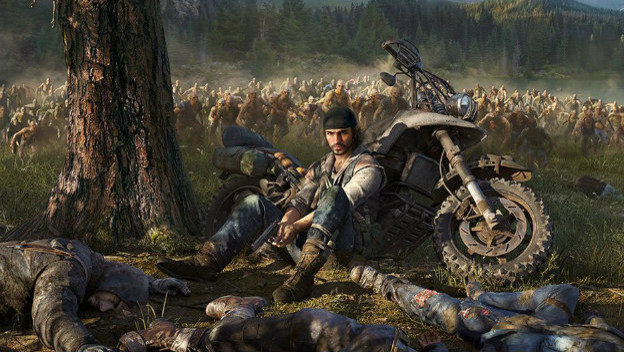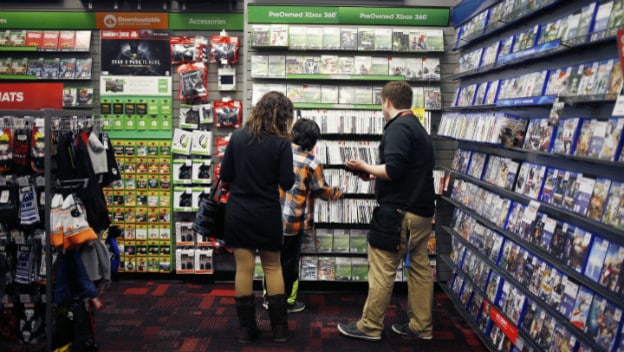Things aren’t going well for GameStop. We’ve talked about this before in a few different contexts, including whether or not GameStop is a valuable company today or what goes away if GameStop does eventually have to shutter. The fact is that running specialized businesses is an increasingly difficult proposition, and the video games industry especially is directly challenging brick and mortar joints. So how does GameStop survive? Well, in order to do that, the company has to undergo some big changes. The seeds for said changes are beginning to be planted.
To briefly summarize the situation, GameStop isn’t doing well. It has sort of nebulously “underperforming” for a while, but it wasn’t until recent years that the company started seeing huge losses. In fact, GameStop was briefly up for sale, although it failed to attract any buyers. Since then, GameStop has introduced a new CEO, and the company is starting to make little changes. Before any of those changes have been introduced, the most recent earnings report saw a $673 million loss for 2018. It is at its lowest point since 2005, and a large part of that is its core business, used games, is plummeting.
Used games are plummeting because of the rise of digital sales. Nobody is buying used games (relatively speaking), because no one has physical games to trade in. The people who do buy physical games are likely keeping them more often, because they’re collectors. There are still a lot of people still participating in GameStop’s business, but not enough for the company to make money presently. So far this has led to GameStop doing things like focusing on collectibles, but obviously that hasn’t panned out either.
One thing that is on the way, is that the new CEO of GameStop is suggesting the company move to a more experiential model. What does that mean? Well, we don’t really know yet in the way GameStop means. In a broad sense, it seems like the leadership at GameStop is trying to turn the stores into more of a social space. Sure, you buy stuff there, but perhaps GameStops hold more local events, offer ways to pay to play games in the store, or maybe do other community-oriented business I haven’t thought of. GameStop has been making more investments in esports lately as well, which could be a part of that initiative.
Another interesting development is a new policy that’s going into effect with the release of Sony’s latest PlayStation 4 exclusive, Days Gone . It’s called the Guaranteed to Love It program, which will allow customers to return a brand new game within 48 hours of its launch date if they don’t like it. The return would be in the form of store credit. This is wildly different from the usual return policy in a number of ways. Normally, you can’t return a new game unless it’s completely intact. Original packaging and everything. Used games get a week regardless of context, or 30 days to exchange for the same game.

This new policy is only for the 48-hour window following the launch of the game, meaning you can’t roll up the day after Days Gone comes out and expect the policy to apply. This is also a store credit-only deal, which keeps your money tied to GameStop. This policy is, in a few ways, a challenge to the current state of the industry. Normally, you don’t have much recourse if you don’t like a new game, other than to trade it in and lose money. This give players a chance to get their money back, and at least use it for a different game–they could even wait for the next game that is supported by this policy if they want. This counters digital game sales which are still final (for consoles), and also helps GameStop since stocking new games is so expensive.
If GameStop is both trying to disrupt how new games are sold and circulated, along with trying to create more social engagement with the actual stores, we could have a very different sort of GameStop experience in due time. If it isn’t just relying on trades to get games in and out of the store, and is encouraging people to hang out in the stores through things like events and other promotions, perhaps we could see a turnaround in those loss numbers at the end of each year. But it’s a risk–there’s no telling how sustainable any of this is, especially because we don’t know what half of it means yet, really.
